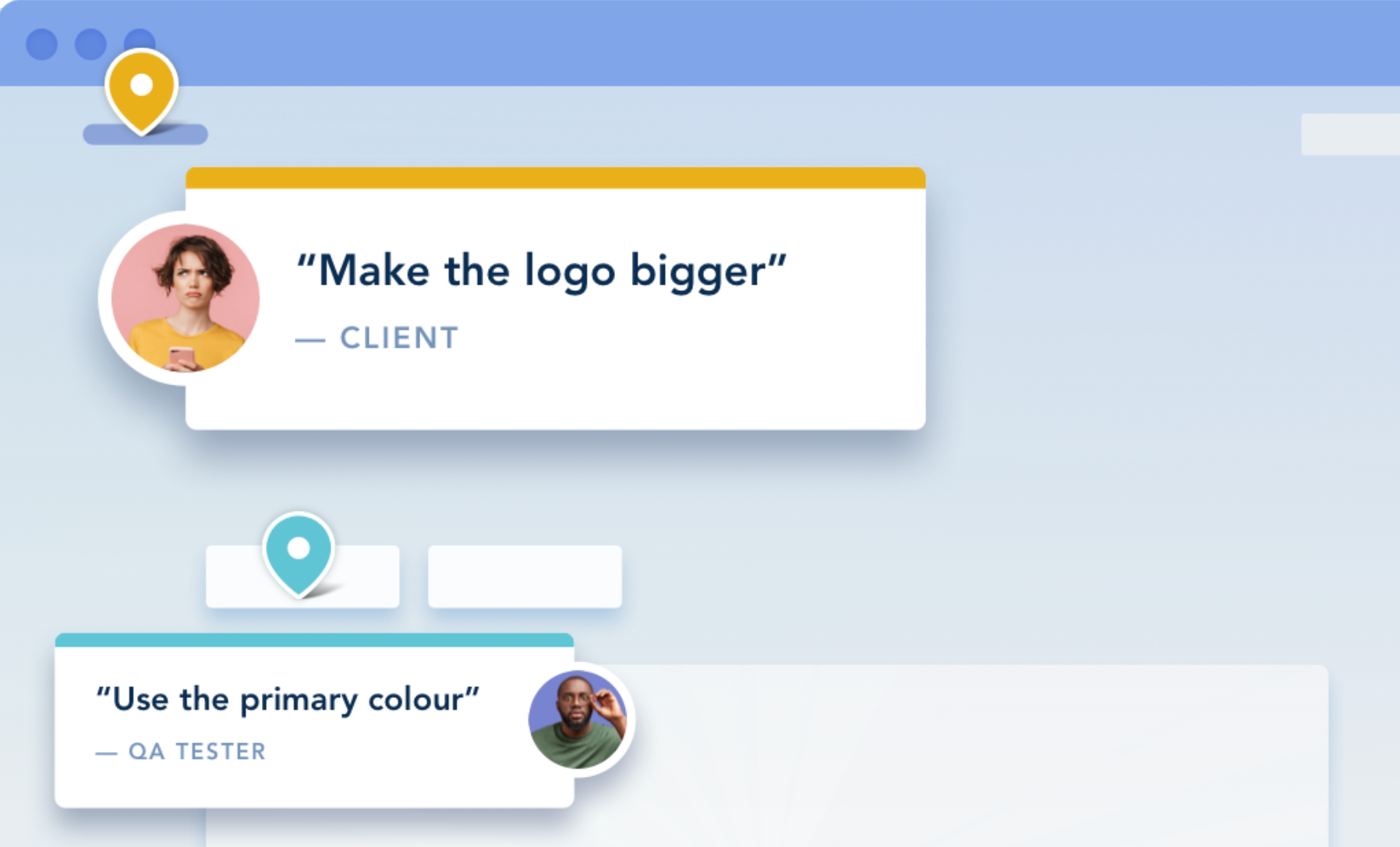A little while ago I wrote a post on how to quantify the cost of email communication. Even though it was written a while ago now, the message couldn’t be more true today. As agencies search for ways to streamline their communication and save escalating costs, email is still a huge part of that mix. How much does it actually cost?
In a survey we sent out on customer service sent out late last 2013, 83% of respondents stated that email was still their preferred way of communicating. This was for both collecting client feedback and sending outbound comms.
Perhaps you’re a freelance web designer or an agency with a client on retainer for “X” amount of hours. Average hourly costs rates for 2015 (published in a study by Service Crowd) put the average rate for web design in Victoria, Australia at $77.92 per hour. According to a readers poll of more than 4,400 readers in the webdesign area on tuts+, the majority of web designers charge around $50 per hour. There is a fair bit of discussion in the comments about how to calculate web design charges, it’s interesting reading the varied opinions.
Going with the lower average rate per hour of $50 from the tuts+ study. Say you’ve mocked up a web-page and sent it to your client on the staging site and are expecting feedback. If we digress back to the survey; remember that although many designers do use tools such as Trello, Bugherd, Pivotal Tracker and web forms, most selected emails and face to face as the preferred method of feedback collection.
Even if you get an email back with a nice and orderly spreadsheet of things to change, and perhaps (if you’re lucky) an annotated screenshot of the site, it’s still an email which still needs a reply. The chances are some clarification will be required, which results in another email back, resulting in another reply … sigh.
Let’s allocate 40 minutes to read, digest and respond to the initial feedback email and 20 minutes to each “just one small change” email thereafter. Let us know if you disagree, but even for 5-6 emails back and forth, that’s 2 hours and 20 minutes or $116 already on emails alone ($180+ if you live in Victoria!).
This only scrapes the surface of the client feedback rounds for the build. It’s staggering to think of how many emails occur before and after this point.
We’re sure that the time you spend emailing clients is already being accounted and billed for and we realise calculating the actual cost is far more elegant than what is above. However, is there a certain leeway of toing and froing that you’ll put up with to keep a project within budget and hours or for the sake of relationship management? If this is the case, these emails are costing you time and the client money.
If you haven’t done so already, perhaps it’s time to invest in a tool that helps to reduce miscommunication and frustration, and lower the number of emails and time spent going back and forth. This is certainly one way to help get approval for the cost of a monthly subscription.


















But don't just take our word for it.
BugHerd is loved by 10,000+ companies,
350,000+ users across 172 countries.
4.8/5
4.7/5
4.5/5
5/5
8.7/10
Sam Duncan 📱📏 🌱
@SamWPaquet
"@bugherd where have you been all my life??
We just migrated our bug tracking over from Asana and have at least halved our software testing time🪳👏📈. "
Ashley Groenveld
Project Manager
“I use BugHerd all day every day. It has sped up our implementation tenfold.”
Sasha Shevelev
Webcoda Co-founder
"Before Bugherd, clients would try to send screenshots with scribbles we couldn't decipher or dozens of emails with issues we were often unable to recreate."
Mark B
Developer
“A no-brainer purchase for any agency or development team.”
Kate L
Director of Operations
"Vital tool for our digital marketing agency.”
Paul Tegall
Delivery Manager
"Loving BugHerd! It's making collecting feedback from non-tech users so much easier."
Daniel Billingham
Senior Product Designer
“The ideal feedback and collaboration tool that supports the needs of clients, designers, project managers, and developers.”
Chris S
CEO & Creative Director
“Our clients LOVE it”
Emily VonSydow
Web Development Director
“BugHerd probably saves us
at least 3-4hrs per week.”